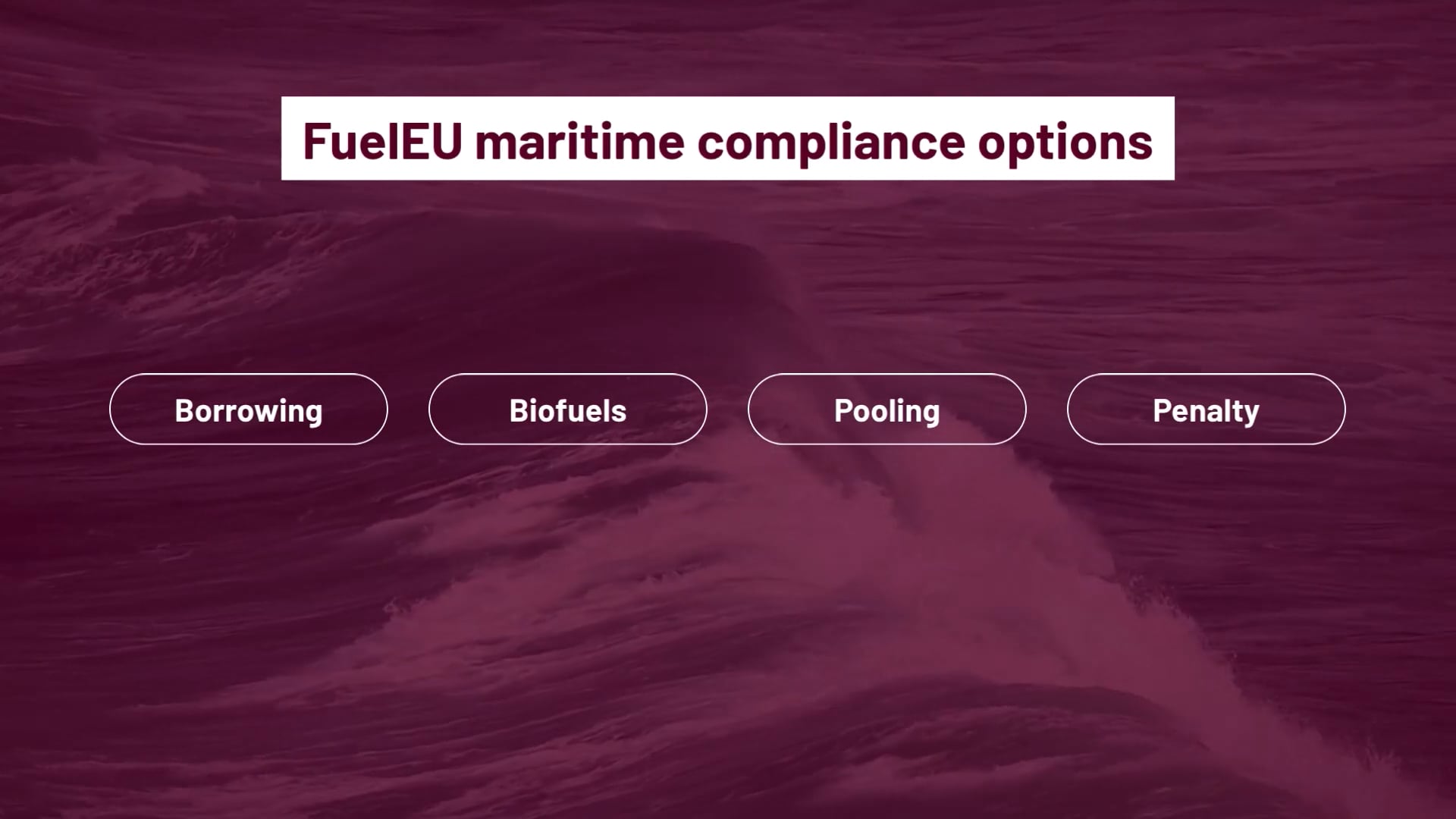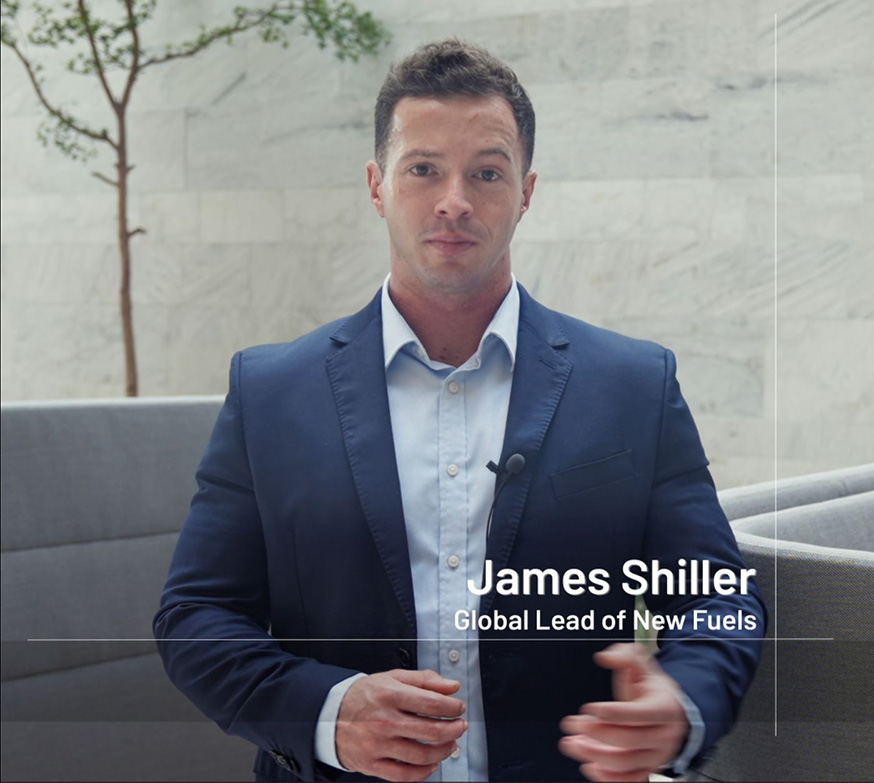Why lift biofuels?
The maritime industry is under regulatory pressure to decarbonise. Drivers include the International Maritime Organization, FuelEU Maritime, the EU ETS and the CSRD.
Today, most vessels run on conventional fuels. Switching or blending with biofuels is one of the best options to lower emissions and comply with regulations and ESG targets.
Advantages of biofuels:
- Drop-in fuel that can be used in existing ship engines
- Cheapest and fastest route to compliance with FuelEU Maritime
- Successfully tested by shipping companies and bunker suppliers
- Part of ISO 8217:2024 specification, including blends up to B100
- Positive impact on CII
- If you burn biofuels, you do not need to buy EU allowances for that consumption
- Supports customers in meeting their ESG objectives and enables financing tied to IMO targets
















